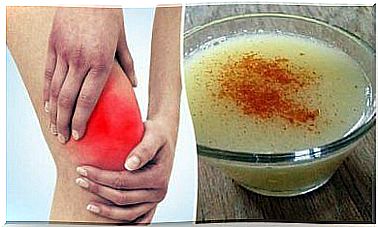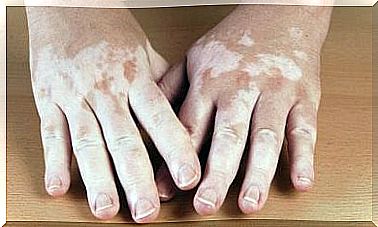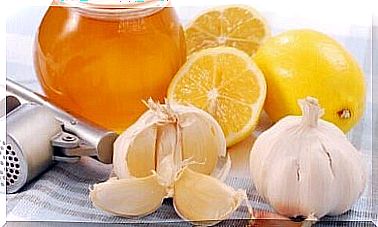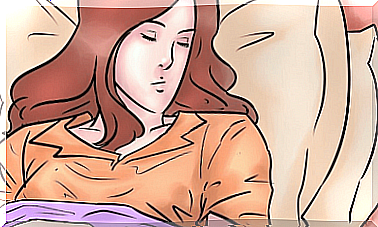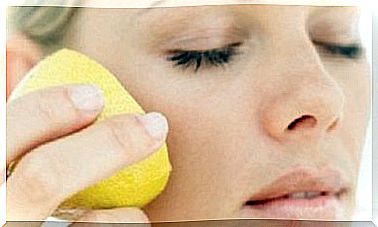How To Apply Topical Corticosteroids

Be careful if you use topical corticosteroids for some skin conditions. There are two common situations. One of these is the fear of using these creams, and the other is the possible reactions that can occur if you abuse them.
The fear of using corticosteroids is due to the idea that they can have similar side effects as systemic corticosteroids even if applied topically.
Some of the side effects of systemic corticosteroids are swelling, weight gain and the risk of developing osteoporosis. However, you should know that topical corticosteroids can cause similar side effects if abused. This is especially true if they are very powerful or if you need to apply them on larger areas.
On the other hand, the drug tolerance you may experience is due to the abuse of corticosteroids. This happens because it works and you feel good when you apply it. Therefore, you repeat and repeat the process even if it has consequences.
Side effects of topical corticosteroids
The side effects of using topical corticosteroids are mainly on the skin due to how you apply them. The most common side effect is, for example, atrophy of the outer layer of the skin. However, some less common side effects are stretch marks, excessive hair growth or acne.
If you are using topical corticosteroids without seeing any improvement, we recommend that you see your doctor as soon as possible. They will take a look at your injury and may change the treatment method.
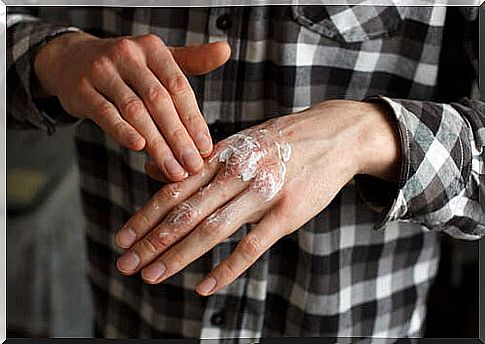
What factors affect the absorption of topical corticosteroids?
When using topical corticosteroids, keep in mind that the effect and the active ingredient depend on a few factors. Some of these are:
Skin permeability
When it comes to how it is absorbed into the skin, there are a few factors that can affect this:
- Age. The skin is more permeable in children and the elderly. The more permeable it is, the greater the effect.
- Location of the condition. Different areas will have different effects. The mucous membranes are the most permeable areas.
- Type of disease and skin condition. When there are skin lesions, it is easier to absorb the drug. For chronic lesions, however, the skin becomes thicker. It is therefore more difficult to absorb the product.
Type of product
There are different types of products for topical corticosteroids. Among other things, it must look good, which helps the patient with the treatment.
Solutions and gels usually treat acute dermatitis. However, emulsions and creams are used in subacute lesions. In general, ointments treat chronic conditions such as xerosis.
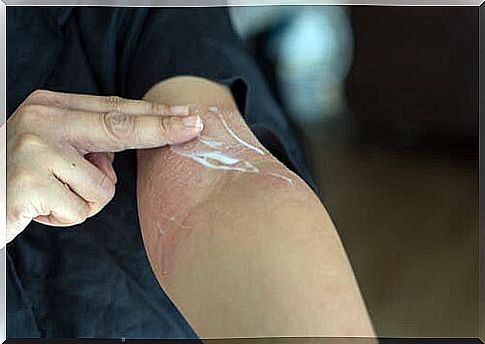
Are all topical corticosteroids the same?
Each drug consists of different type of corticosteroid and strength. Your specialist will tell you which treatment is best for you. In addition, they will take into account the different strengths and weaknesses of each treatment. Choosing medication includes thinking about the type of patient, the location and type of lesion.
Low-effect corticosteroids treat facial injuries, and you use them for a maximum of five days. If you need to treat an area on your body, they are usually moderately powerful and you use them for a maximum of ten days.
You should never end a treatment suddenly. If that does not work, you may need to switch from higher power to lower power. In fact, some doctors recommend alternating with emollient creams to prevent the rebound effect.
Choosing the best one for you
When you need to apply topical corticosteroids, it is important to choose the variant that is best for you, depending on your treatment. As we explained above, an acute pathology is not the same as a chronic one, and not all locations are the same.
